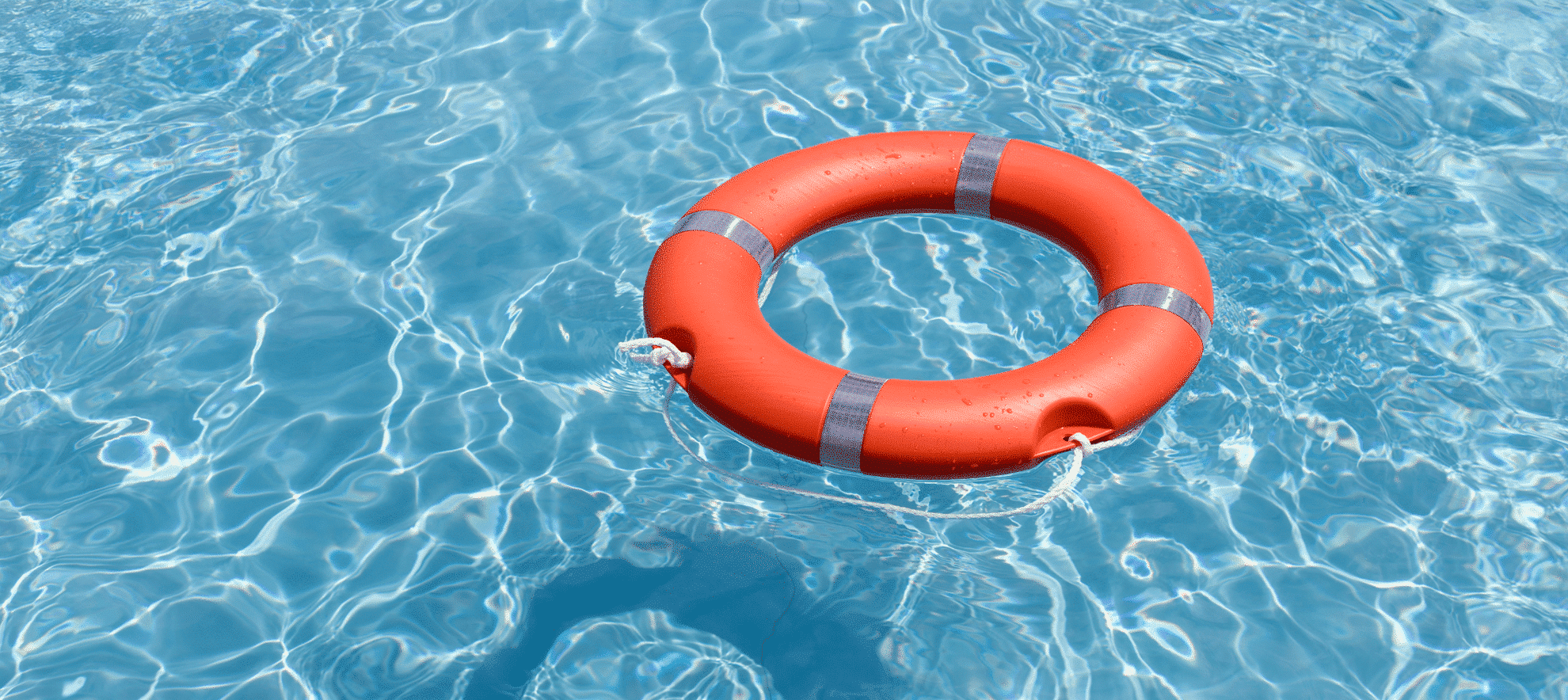
Making a safety plan
You can’t control your abuser’s behaviour, but you can put some plans in place to increase your safety. Making a safety plan is a way to protect you and your children. Thinking ahead to the possibility of violence or abuse and planning what you would do can make it much easier to respond in a dangerous situation. Whether you’re experiencing abuse or want to help a friend to think about their options, it’s worth taking the time to plan how you would react to different situations.
The most dangerous time for a victim/survivor of abuse is when they leave, so it’s important not to rush into that without appropriate support. Planning might take a long time and planning doesn’t mean you have to carry out any or all of those plans.
Remember, in an emergency dial 999.
Questions to think through
- Is there a pattern to the the abuse or violence that would help you plan to stay safe at particular times?
- Is there a friend or family member you can talk to about what is going on?
- Could you create a code word or phrase that you could send to that friend if you need their help, or for them to call the police for you?
- Are there neighbours you trust? Could you go to them in an emergency?
- Can you ask your neighbour to call the police if they hear shouting at your house?
Some things to do
- Keep your important personal items where you can grab them quickly if you need to escape. Put your purse, phone, keys, driving license etc. in your handbag and keep it near the door.
- Keep important numbers somewhere safe so that you can find them easily; your GP, the domestic abuse helpline (0800 2000 247), the police domestic abuse team, your social worker.
- Teach your children to call 999 in an emergency and help them remember your address and what to say.
- Plan where is a safe place in your house if you suspect your partner is going to be abusive – somewhere with an outside door, but not the kitchen or garage where there might be knives or other potential weapons.
The Safety Plan Checklist
Use our Safety Plan Checklist to help you stay safe.
